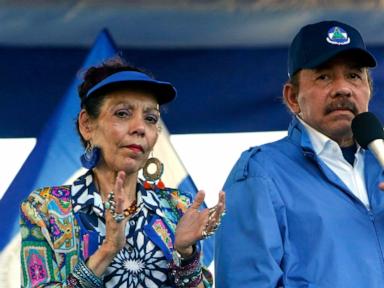ARTICLE AD BOX

- IOTA Rebased, one of the protocol’s biggest upgrades, is set to go live.
- With important adjustments on-chain, the goal is to bring massive value to users.
The IOTA blockchain network is moving closer to achieving a fully decentralized, delegated Proof-of-Stake network with the launch of the Rebased protocol update. To ensure a seamless transition, IOTA said 13 highly trusted validators will launch the IOTA Rebased mainnet in a special Genesis Ceremony.
IOTA Rebased Goes Live on May 5
The IOTA team gave the announcement in an X post on Thursday. The team highlighted that IOTA Rebased is scheduled to debut on the mainnet on May 5, 2025.
The 13 selected validators will play a key role in ensuring a flawless transition of all user funds and assets. This is in addition to assisting in moving data from the current IOTA Stardust network to the new IOTA mainnet.
Another key function is that each validator will independently create and verify the Genesis state of the new IOTA mainnet. This state marks a 1:1 transfer of the final ledger state from the previous IOTA Stardust network.
Also, they are expected to thoroughly validate all addresses and balances during the Genesis ceremony. The aim is to ensure they are transferred correctly and that every IOTA token is accessible to its rightful private key holder, as seen in the Stardust network.
The 13 validators to lead the Genesis ceremony include IOTA Foundation, IOTA DLT Ecosystem Foundation, and Tangle Ecosystem Foundation. Others are DLT GREEN, P2P.org, LugaNodes, Twinstake, Kiln, Stakin, Nansen, Blockscope, Coinage X DAIC, and Staketab.
The IOTA Foundation said it limited the validators to only 13 for the Genesis ceremony to establish effective communication. According to the Foundation, the engineering teams must handle issues swiftly, which adds another layer of difficulty to an already delicate process.
The Foundation further emphasized that it prioritized minimizing the IOTA Mainnet’s downtime during the transition to the Rebased protocol. This strategy is due to its inability to conduct a “silent” launch of the new IOTA Mainnet several days before the upgrade. The IOTA Foundation acknowledged that this is a common method of launching a new network to ensure everything runs smoothly.
What’s Next After the Genesis Ceremony
Once the network is running and the final checks are completed, IOTA will provide the necessary infrastructure for users to interact with it. This infrastructure includes the API endpoints, Wallet, and Explorer.
The following Epoch will commence roughly 24 hours later. During this time, new validators can join the decentralized and permissionless network based on the decision and delegation of IOTA stakers.
Notably, validators who qualified for delegation during the Public Testnet phase will receive delegated funds from the Foundation’s treasury. They will utilize the funds received to ensure the secure and manageable bootstrapping of the Mainnet. The Foundation anticipates the network to reach its current full committee size of 50 active validators within five Epochs.
As explained in our last article, the launch of IOTA Rebased will introduce transaction fees for users and validators to sustain the network. The team also anticipates that IOTA Rebased will increase transaction processing to over 50,000 per second.
Meanwhile, the organization is doubling down on its efforts in Africa with the launch of IOTA Rebased, as we discussed earlier.
.png)
 11 hours ago
4
11 hours ago
4








 English (US)
English (US)